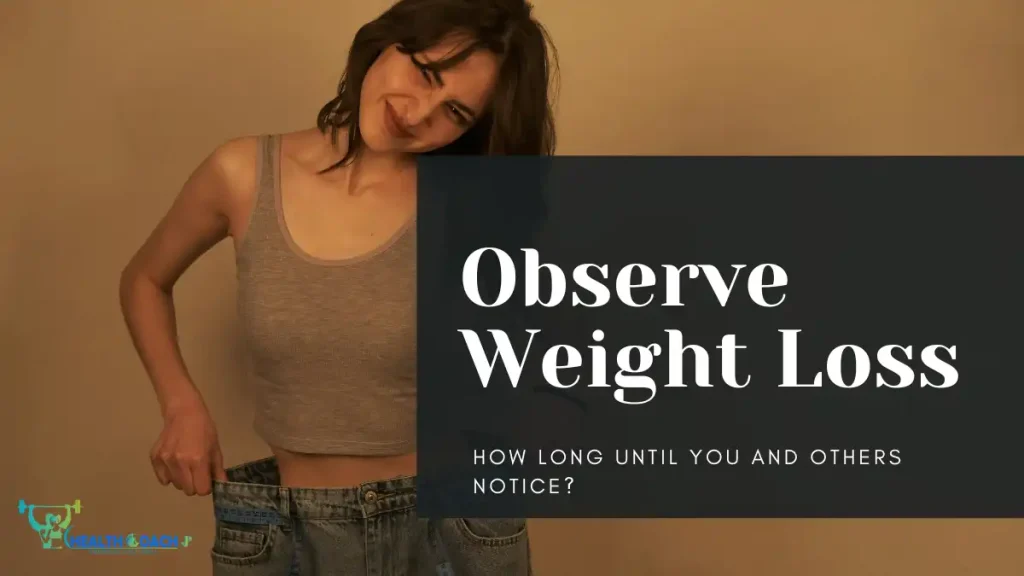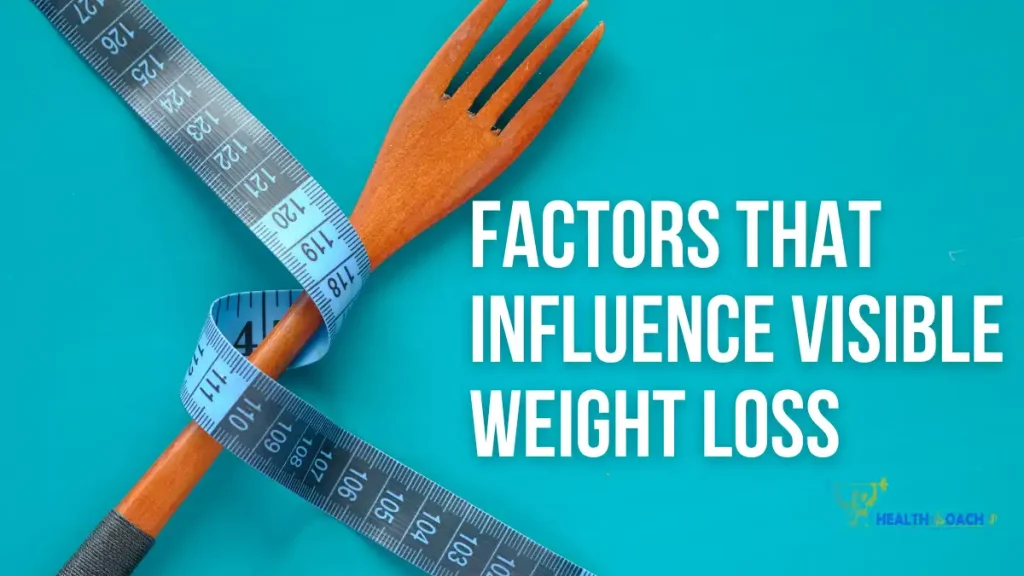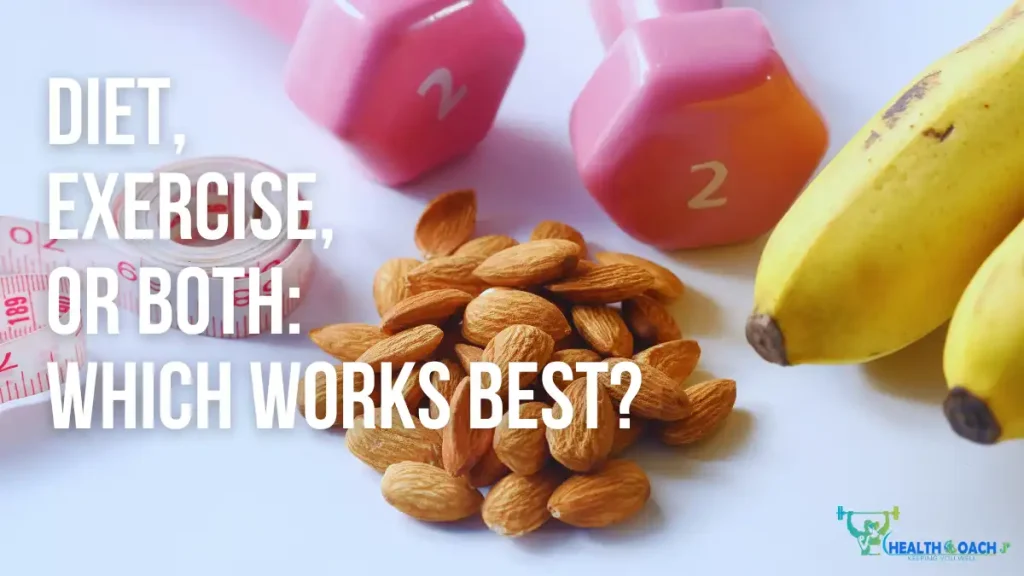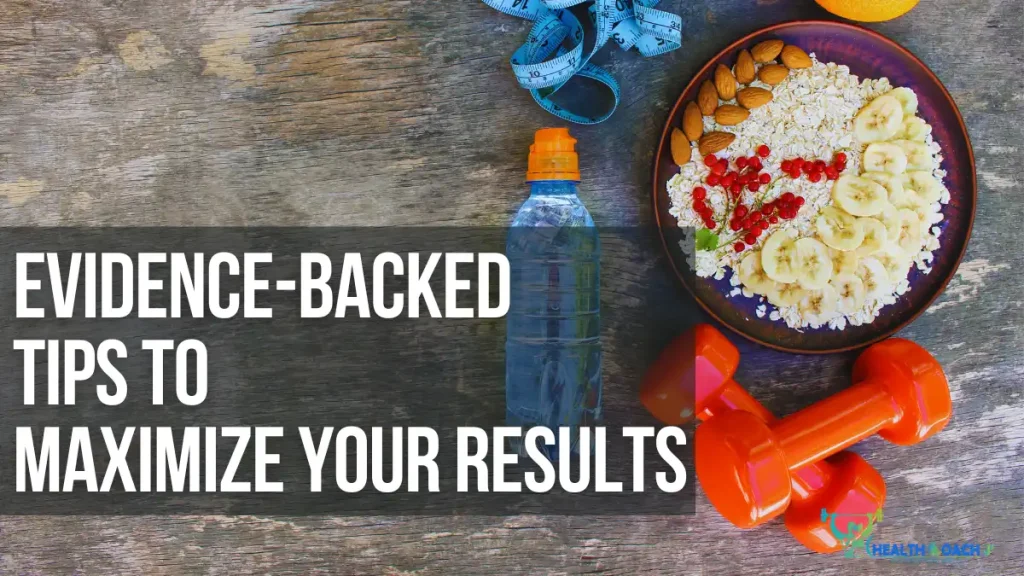Achieving and maintaining weight loss is a journey shaped by your unique body, habits, and choices. One of the most motivating milestones is seeing your results in the mirror—and having others notice your progress. But how long does it actually take, and what affects the visibility of weight loss? This guide is in-depth roadmap to understanding, tracking, and maximizing visible weight loss.

How Do We Observe Weight Loss?
Observing weight loss means noticing physical changes in the body, such as tighter clothes, improved posture, or comments from friends and family. Scientific evidence shows that weight loss is first noticeable through:
- Changes in how clothes fit around the waist, hips, or thighs.
- Visible reduction in bloating or puffiness (often water weight), especially in the first week.
- Gradual decrease in body fat, resulting in a leaner, more toned look over weeks to months.
Key Insight:
You often notice your results first. Others typically comment after more significant changes have occurred—usually after several weeks or months of consistent effort.
How Long Does It Take To See Results – Weight Loss and Fitness
Timeline: When Will You Notice Weight Loss?
Quick Glance at What Science Says
- Most people lose 1–2 pounds (0.5–1kg) per week with a 500–750 calorie deficit per day.
- The first weeks often bring more rapid results (mainly water and glycogen), while sustained fat loss happens more slowly but is healthier long-term.
- Large initial drops may reflect water weight, especially after cutting high-sodium, processed foods.
Example:
If you maintain a consistent plan, you could see and feel a difference in as little as 2–4 weeks, but dramatic transformations are typical after 2–3 months.
Factors That Influence Visible Weight Loss
Several variables can make your progress more or less noticeable:

- Starting Weight & Body Composition: Higher initial body fat percentage often yields more visible early results.
- Diet & Calorie Intake: Creating a calorie deficit through quality nutrition is crucial. Diet is generally responsible for 70% (or more) of initial weight loss.
- Exercise Routine: Cardio + resistance (strength/endurance) training preserves muscle and prompts more visible changes.
- Genetics, Age, Gender: These influence your baseline metabolism and fat distribution, affecting the rate and location of weight loss.
- Consistency: The more strictly and consistently you follow your plan, the sooner the outcomes.
- Water Retention: Poor hydration, excess sodium, or hormonal fluctuations can mask fat loss with water weight.
Diet, Exercise, or Both: Which Works Best?

Diet-Only Approach
- For most, changes in calorie intake lead to a loss of 1–3 pounds in the first week, mostly from water and some fat.
- Clean eating—especially ditching processed foods—can slim you within days through reduced bloating.
- For lasting fat loss, nutritious, high-protein diets help preserve muscle while dropping fat.
Exercise-Only Approach
- Exercise alone, without dietary changes, prompts slower and smaller weight reductions, typically 1–2 pounds after several months.
- However, you’ll see muscle tone, reduced anxiety, improved mood, and better sleep—all beneficial for psychological motivation.
Diet + Exercise
- The winning formula: combining calorie control with both cardio and resistance training gives a typical fat loss of 4–18 pounds in the first 4–6 weeks.
- Expect visible muscle gains and a more sculpted look after 8 weeks or more. Fat loss is most significant with a calorie deficit of 500–700 daily, created through a blend of activity and diet.
Expert tip: Exercise helps keep weight off, while diet is the primary driver of weight loss.
Yoga, Endurance, and Strength Training for Fat Loss
Yoga for Weight Loss
Specific dynamic yoga asanas can accelerate results:
- Surya Namaskar (Sun Salutation): Boosts metabolism and works multiple muscle groups.
- Bow Pose (Dhanurasana): Strengthens core and stimulates digestion for belly fat reduction.
- Warrior Pose (Virabhadrasana): Tones legs, increases stamina, and supports fat burning.
- Trikonasana: Enhances core stability, flexibility, balance, and digestion.
Consistent practice, combined with mindful eating, can reinforce healthy habits and indirectly support weight loss.
Endurance & Strength Training
- Endurance, strength, or concurrent (combined) training all reduce fat and increase muscle, improving body composition.
- Endurance training builds stamina and helps burn calories during and after workouts, especially when combined with resistance/strength exercises.
Recommendation: At least 150 minutes of moderate aerobic activity per week plus two days of strength training.
Intermittent Fasting: How Fast Does It Work?
Intermittent fasting (IF)—alternating periods of eating and fasting—has significant research supporting its effectiveness:
- Typical weight loss: 3–8% of body weight over 3–24 weeks (average 0.55–1.65 pounds per week).
- A 4:3 fasting protocol (4 days regular eating, 3 days calorie restriction) yielded a 7.6% weight loss over one year vs. 5% with daily caloric restriction.
- IF is as effective as continuous calorie restriction, but many find it easier to adhere to long-term.
Psychological and Social Benefits of Observing Progress
- As results become visible, motivation increases—making it easier to stick to healthy habits.
- Better sleep, higher self-confidence, and increased energy as you get fitter.
- Remember: it’s common for you to notice friends first and others later. Don’t get discouraged—celebrate every milestone!
Evidence-Backed Tips to Maximize Your Results

- Track Progress: Use photos, measurements, and how clothes fit, not just the scale.
- Prioritize Consistency: Skipping workouts or cheat meals delays visible progress—stay on track, and be patient.
- Balance Diet with Exercise: Both are necessary for sustainable results and optimal body composition.
- Embrace Strength Training: Builds lean muscle, which enhances appearance even before significant weight loss.
- Get Support: Community, friends, or a trainer can help you stay accountable and motivated.
- Celebrate Non-Scale Victories: Better sleep, more energy, and positive mood changes are meaningful wins.
Key Takeaways
- Most will see some weight loss within 2–4 weeks; friends may notice after 4–8 weeks, and significant changes accumulate after 2–3 months.
- Diet changes drive early results; combining them with exercise (especially strength/endurance) maximizes long-term visible change.
- Intermittent fasting is a flexible, evidence-based option for significant, sustainable fat loss.
- Celebrate all progress and stay committed—the journey is different for everyone, but the rewards are real and lasting.
Stay patient, stay consistent, and your hard work will be reflected both in how you feel—and how others see you.
Resources
- Mayo Clinic: Weight Loss Strategies (medically-reviewed, trusted advice)
- University of Illinois Chicago: Intermittent Fasting Research (in-depth fasting studies)
- Liverpool John Moores University: Exercise Science (exercise physiology authority)
